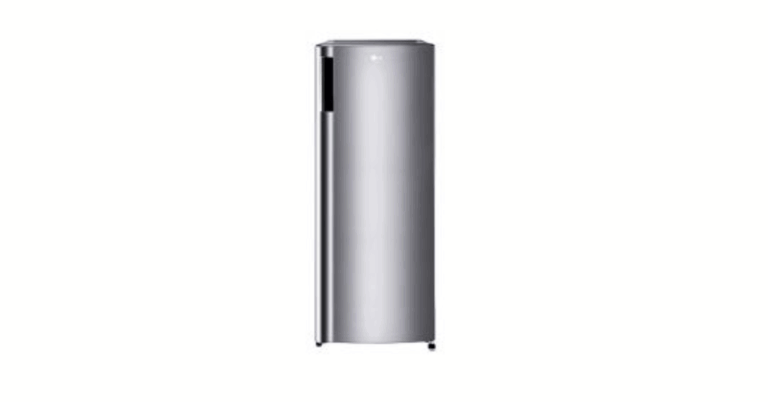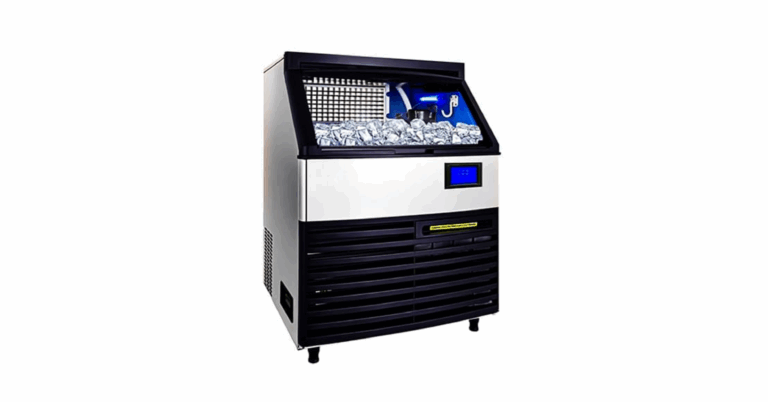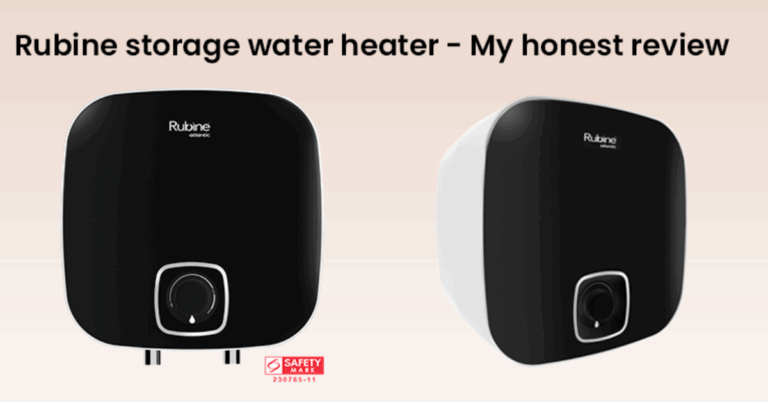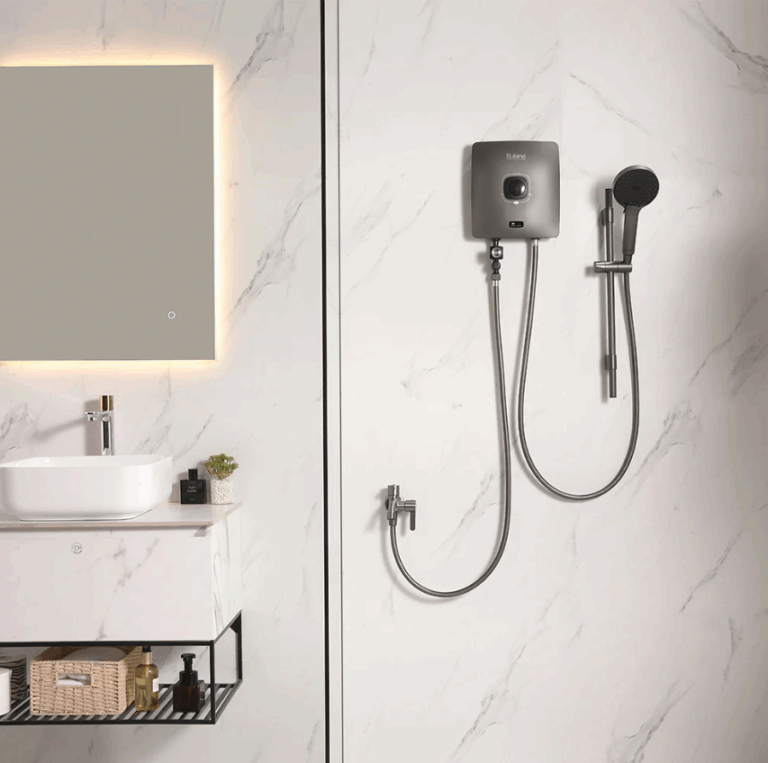The 300L Matrix Marine Refrigerator 110V: A Robust Cooling Solution for Sea-Going Vessels
In the demanding environment of a marine vessel, reliable refrigeration is not just a convenience it’s essential. The 300L Matrix Marine Refrigerator 110V is engineered specifically for use aboard ships, cruise vessels, and yachts, offering a blend of durability, efficiency, and capacity suited to the unique challenges of seaworthy life. Its design accounts for power constraints, vibration, humidity, and salt exposure all of which are realities aboard a ship. In this article, we examine its features, advantages, technical aspects, installation considerations, comparison with alternatives, and use-case scenarios to help you understand why it’s a compelling choice for marine refrigeration.
1. Understanding the Marine Environment & Refrigeration Needs
Marine environments impose a host of challenges not present in terrestrial settings:
-
Vibration and motion: Constant movement and engine/vibration forces demand that components be securely mounted and shock-resistant.
-
Salt air and humidity: Corrosion is a major concern; materials must resist rust and salt deposits.
-
Power constraints: Ships often have limited electrical capacity or fluctuating voltages, so efficient, tolerant systems are needed.
-
Compact space and effective layout: Space is premium on ships, so refrigeration units must maximize internal volume while minimizing footprint and intrusion.
-
Temperature consistency: Maintaining stable temperatures under variable ambient conditions is critical for food safety and preservation.
A 300 L capacity is substantial enough to handle significant storage of perishables, beverages, frozen items, and more without being so large as to become inefficient or difficult to place.
2. Key Features of the 300L Matrix Marine Refrigerator 110V
Examining the specifications and design features gives insight into why this model addresses marine challenges effectively.
2.1 Capacity & Dimensions
The unit offers 300 liters of cooling volume, making it suitable for galley kitchens, crew mess halls, or shipboard catering use. Its listed external dimensions are 564 mm × 540 mm × 1,700 mm (height × width × depth) — a slim vertical footprint that aids in efficient space utilization (from source specs).
Net weight is about 37 kg, with a gross weight of ~42 kg, which balances sturdiness and manageability.
2.2 Electrical & Refrigerant Details
-
Voltage / Frequency: 110 V at 60 Hz (standard in many marine power systems)
-
Refrigerant: Uses R-134a, a common refrigerant with known performance and handling considerations.
-
Power Tolerance: Built to endure minor voltage fluctuations typical aboard vessels, while maintaining stable cooling.
2.3 Construction, Materials & Durability
-
Corrosion Resistance: Materials and finishes are selected to resist salt corrosion and humid conditions.
-
Vibration-Resistant Build: Mounts, internal supports, and structure are optimized to handle continuous motion without compromising internal integrity.
-
Door Seals & Insulation: Robust gaskets and good insulation help maintain internal temperature against ambient shifts.
2.4 Cooling Performance & Efficiency
-
Strong cooling capacity and energy-efficient operation are hallmarks of this model — it aims to deliver stable performance without excessive draw on ship’s power systems.
-
Quiet operation ensures it does not contribute undue noise in cabins or galley areas.
2.5 Special Features & Design Touches
-
Ice Box Compartment: A dedicated freezing section is included for rapid chilling or ice production.
-
Two-Door Design: Allows separation of compartments and better organization of goods.
-
Compact Vertical Layout: Its tall but narrow footprint helps utilize vertical space, facilitating installation even where floor area is limited.
3. Benefits & Practical Advantages
Let’s explore the advantages of selecting such a marine-rated refrigerator in real operational settings.
3.1 Reliability Under Harsh Conditions
The marine environment is unforgiving — high humidity, salt spray, and constant motion can degrade equipment. The 300L Matrix unit is built for these conditions, so downtime and maintenance demands are minimized.
3.2 Efficient Use of Shipboard Power
Marine vessels often run on constrained power budgets. A refrigeration unit that maintains stable consumption even under fluctuating voltage is highly valuable. By limiting energy waste and ensuring consistent cooling, it helps protect food stocks and avoids overtaxing onboard systems.
3.3 Space Optimization
Because ships must maximize utility from limited space, the refrigerator’s compact horizontal footprint and vertical height orientation make it easier to fit into galleys, service rooms, or corridors without blocking passage or interfering with other systems.
3.4 Food Safety & Inventory Management
With 300 L capacity and frozen storage built in, provisioning, storage, and rotation of perishables become easier. Whether for crew meals, guest services, or specialty menu items, the unit provides flexibility and reliability to safeguard food quality.
3.5 Longevity & Lower Maintenance
Durable materials, smart construction, and robust mechanical design reduce frequency of repairs. Over time, this delivers better return on investment in a marine environment where servicing is more complex and expensive.
4. Considerations for Installation & Operation
To ensure optimal performance and longevity, several best practices and checks should be followed during installation and operation:
4.1 Mounting & Vibration Isolation
Secure mounting using vibration-damping brackets or pads is essential. Loose mounting can aggravate wear on internal parts from motion. The design likely already contemplates vibration, but installers should still pay attention to proper anchoring and shock absorption.
4.2 Ventilation & Airflow Clearance
Sufficient clearance around ventilation zones is critical. Ensure intake and exhaust vents are unobstructed, and allow some airflow space behind or above the unit for heat exchange.
4.3 Electrical Wiring & Protection
Use properly sized wiring, breakers, and surge protection. Because marine power systems often have switching and transient spikes, protecting the compressor and control electronics is key. A stable 110 V/60 Hz feed, with minimal voltage drop over distance, will help ensure consistent operation.
4.4 Thermal Load & Placement
Place the refrigerator away from heat sources (ovens, engines, direct sunlight) to reduce thermal load. In warmer ambient conditions, the compressor must work harder; placing the unit in cooler zones (e.g. shaded or air-conditioned rooms) helps maintain efficiency.
4.5 Defrosting, Cleaning & Maintenance
Regular defrosting schedule and cleaning of coils, gaskets, and door seals help maintain performance. In a salty environment, rinse or wipe down surfaces periodically to prevent salt deposits and corrosion.
4.6 Monitoring & Control
Use remote temperature sensors or alarms to monitor performance. On marine vessels, early detection of compressor issues, temperature drifts, or power anomalies helps avoid spoilage or damage.
5. Comparison with Alternative Marine Refrigeration Options
To better understand the suitability of the 300L Matrix unit, it’s useful to contrast it with other types of marine refrigeration systems:
| Feature | 300L Matrix Marine Refrigerator | Standard Terrestrial Refrigerator | Larger Commercial Marine Units / Engine Room Chillers |
|---|---|---|---|
| Marine ruggedness | High — built for motion, salt, vibration | Low — not designed for motion or salt exposure | Very high — industrial grade; often heavier and requiring more infrastructure |
| Electrical compatibility | 110 V/60 Hz, tolerates marine voltage variation | Usually 220 V/50 Hz (region dependent) | May use higher voltages or specialized power |
| Footprint vs capacity | Optimized for vertical space, medium capacity | Often bulkier per liter | May require dedicated compartments, more space |
| Serviceability at sea | Designed for easier servicing in constrained environments | Requires specialized adaptation | May need professional technicians and infrastructure |
| Cost & maintenance | Moderate cost, lower long-term maintenance | Cheaper initially but likely to fail in marine use | High cost, complex maintenance but extreme capacity and robustness |
In short, terrestrial units rarely endure well aboard ships over time, while massive commercial systems may exceed practical needs for many vessels. The 300L Matrix offers a balanced middle ground: marine-grade reliability, appropriate size, and manageable cost.
6. Use Cases & Scenarios
Understanding where and how the unit fits best helps in deciding appropriateness:
-
Crew Galley / Mess Halls: Sufficient capacity to store daily fresh produce, meats, condiments, and chilled beverages.
-
Guest Service Areas/Cabins: Can serve as supplementary refrigeration near guest suites or event spaces.
-
Specialty Food Storage: For items needing cooler storage (e.g. desserts, delicate ingredients) separated from the main cold storage.
-
Scientific / Lab Ships: Useful for storing samples, reagents, or temperature-sensitive materials in research vessels.
-
Support Vessels / Offshore Platforms: Where space and power are constrained but quality refrigeration is still needed.
7. Challenges & Potential Limitations
No product is perfect; here are some issues to watch out for:
-
Power Management: Even though it tolerates variations, prolonged low voltage or voltage instability could strain the compressor over time.
-
Capacity Bounds: For very large vessels with heavy demand, more or larger refrigeration units will be needed in conjunction.
-
Repair Parts at Sea: Relying on specific components (compressor, electronics) may require spares to be kept onboard in remote voyages.
-
Initial Cost & Shipping: Marine-grade units with corrosion resistance and specialized builds tend to cost more upfront and may incur high shipping costs to remote ports.
8. Best Practices to Maximize Performance & Longevity
To get the most from the 300L Matrix refrigerator, follow these recommended practices:
-
Pre-Installation Planning: Map out power routing, ventilation clearances, mounting location, and wiring run to minimize voltage drop.
-
Vibration Control: Use proper dampers, pads, or isolators to reduce mechanical stress.
-
Routine Inspection: Inspect door seals, gaskets, coil fins, electrical connections, and internal shelves regularly.
-
Salt Mitigation: Wipe or wash external surfaces periodically with fresh water to reduce salt buildup.
-
Load Management: Avoid overloading, and ensure good airflow internally (don’t block vents or pack items too tightly).
-
Temperature Monitoring: Install backup or redundant monitoring alarms to catch deviances early.
-
Spare Parts Stocking: Carry spare fuses, control boards, gaskets, and compressor parts if possible for remote voyages.
-
Professional Servicing: Even with robust design, periodic professional servicing helps maintain performance and catch wear before issues escalate.
9. Concluding Thoughts
The 300L Matrix Marine Refrigerator 110V is a thoughtfully engineered solution for shipboard refrigeration. Its 300 L capacity, vertical layout, marine-grade construction, and power compatibility make it highly suitable for a variety of vessels from cruise ships to yachts, offshore platforms to research vessels. While installation requires care in terms of vibration isolation, ventilation, and power quality, the benefits in reliability, durability, and food safety are considerable.
If your ship or vessel operates with 110 V/60 Hz power and you need a mid-size, dependable refrigeration unit that can weather the rigors of open sea, this model stands out as a practical, well-balanced option. Should you decide to move forward, proper planning, preventive maintenance, and adherence to best practices will ensure many years of trouble-free service from this marine refrigerator.







